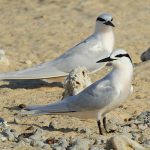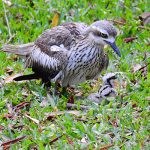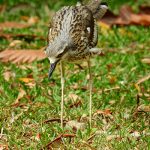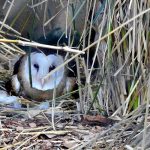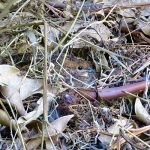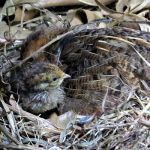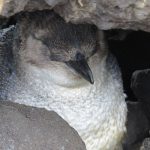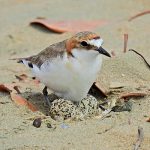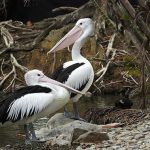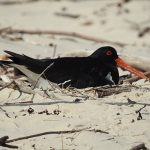GROUND NESTS
Ground Nest
Australia’s diverse landscapes—ranging from arid deserts and open grasslands to temperate forests—support a fascinating array of bird species, many of which are skilled ground nesters. Unlike tree nesters, these birds choose the earth itself as a cradle for their eggs and chicks, relying on camouflage, site selection, and sometimes communal behaviour to protect the next generation.
What Is a Ground Nest?
A ground nest is a nest constructed directly on or just above the soil, often concealed among grasses, leaf litter, sand, rocks, or nestled close to water . These nests vary in complexity, from simple scrapes in dirt to intricately lined bowls made with twigs, grass, and feathers.
Examples of Australian Ground-Nesting Birds
Here are a few notable Australian birds renowned for their ground nests:
| Bird Species | Nest Description | Habitat Type |
|---|---|---|
| Emu | Large, shallow scrape lined with grass and leaves; eggs are dark green | Open woodland, grassland |
| Masked Lapwing | Simple scrape, sometimes with pebbles or vegetation | Parks, grasslands, urban edges |
| Malleefowl | Massive mounds of sand and organic matter; uses heat from decomposition | Mallee scrub, semi-arid areas |
| Red-capped Plover | Tiny scrape in sand, minimal lining | Coastal beaches, inland lakes |
| Australian Brush-turkey | Large mound nest, built from leaf litter | Eastern forests, rainforests |
How Do Birds Protect Ground Nests?
Ground nests are especially vulnerable to predators and human disturbance. Australian ground-nesters use a range of strategies for protection:
- Camouflage: The eggs and chicks are often coloured and patterned to blend with local ground material. For example, plover eggs resemble pebbles.
- Cryptic Behaviour: Adult birds may use distraction displays, pretending to be injured to lure predators away from their nest.
- Mound Building: Species like the Malleefowl and Brush-turkey build substantial mounds, harnessing the heat from decomposing vegetation to incubate their eggs, which also obscures the clutch from view and potential threats.
Why Are Ground Nests Important?
Ground nesters play vital roles in their ecosystems:
- Ecosystem Engineers: Mound-builders like the Malleefowl aerate soil and disperse seeds.
- Biodiversity Indicators: Their presence or absence can signal changes in environmental health.
Conservation and Challenges
Ground-nesting birds face unique challenges in Australia:
- Predation: Introduced species such as foxes and cats can devastate ground nests.
- Habitat Disturbance: Land clearing, altered fire regimes, and human activity reduce suitable nesting grounds.
- Human Interaction: Recreational activities—such as walking or driving on beaches—can inadvertently destroy invisible nests.
Everyone has a role to play in protecting these birds: observing all signage in nesting areas, keeping pets under control, and taking care around natural habitats are simple steps that make a real difference.
In the intricate mosaic of Australia’s wild places, the ground nest is both vulnerable and resilient, a testament to the ingenuity of its avian architects and the delicate balance of nature. Preserving these nests is not just about saving birds; it’s about preserving the stories woven into the landscape itself.


